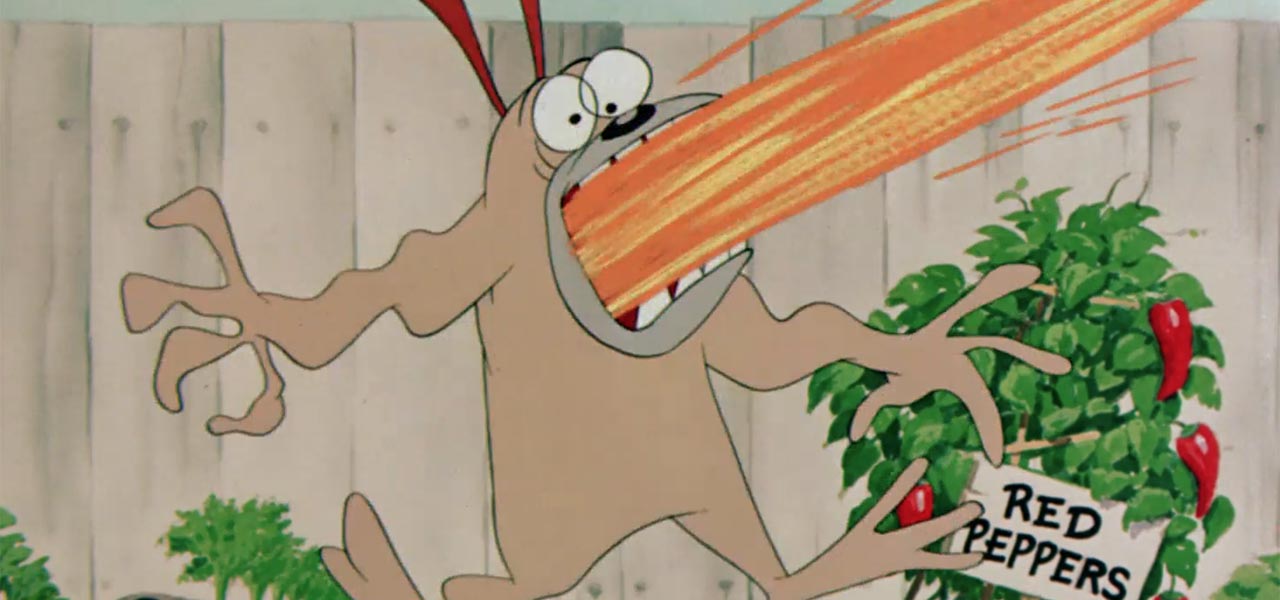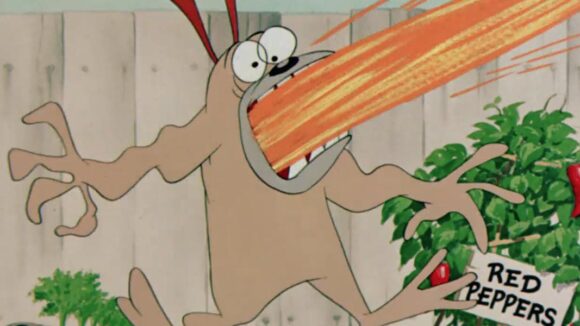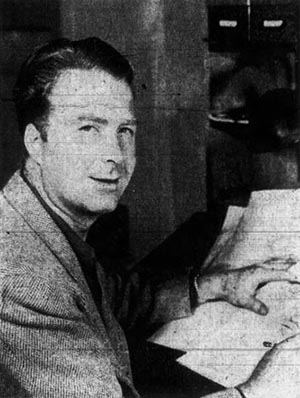

Animator Spotlight: Grant Simmons
Grant Simmons (1912-1970) is not an animator you hear much about, but whenever I encounter his work in a classic MGM cartoon, it always jumps out at me.

Part of his obscurity may be due to the fact that he died in 1970 and few, if any, historians had the opportunity to interview him. According to a 1943 bio of Simmons printed in the Salt Lake City newspaper Deseret News, he drew caricatures of his co-workers at the Bank of America, and was hired as an apprentice at Disney after he sent them a sample of his work.
He notably animated the clowns in Dumbo before moving to Columbia, and then to MGM. He closed out his career by partnering with long-time colleague Ray Patterson to launch his own company, Grantray-Lawrence company, which produced commercials and tv series (including the 1966 series The Marvel Super Heroes and the first season of the Spider-Man show in 1967).
That’s quite a career, but he arguably did his best and most characteristic work during his MGM stint, working under the great Tex Avery. This scene from Wags to Riches (1949) is a perfect demonstration of Simmons’s hilarious mastery of expressions and poses.
— Cartoon Study (@CartoonStudy) April 22, 2024
The easiest way to identify a Grant Simmons scene: big goofy teeth. Spike the bulldog was often toothless in other animators’ scenes, but when Simmons got a hold of the character, he gave Spike gigantic buck teeth, or one single tooth, or a mouth full of crazy teeth. Simmons was the king of these huge toothy grins. Here’s one of his scenes from Ventriloquist Cat (1950).
— Cartoon Study (@CartoonStudy) April 22, 2024
Another hallmark of Simmons’s style: rubbery movement. Tex Avery’s cartoons emphasized sharp, snappy animation, and artists like Mike Lah would get laughs by stiffening a character’s body and finding a funny, stylized way to move what had to be moved. By contrast, Simmons went a lot heavier on the squash-and-stretch, giving his animation a level of distortion that sometimes resembles a Bob Clampett cartoon more than the Avery norm. And to Avery’s credit, he knew exactly when to use Simmons for perfect emphasis, like when Spike’s head goes squishy after getting hit with a mallet in Cock-A-Doodle Dog (1951).
— Cartoon Study (@CartoonStudy) April 22, 2024
Simmons’s style stands out the most in his scenes with Droopy’s friend/nemesis Spike, but if you look, you can find those funny Simmons expressions and elastic movements on other characters as well, like the neurotic cat in The Cuckoo Clock (1950).
— Cartoon Study (@CartoonStudy) April 22, 2024
Let’s end with my favorite Grant Simmons scene: the red pepper gag from Garden Gopher (1950). Spike’s wild take has the furious energy of a rough sketch; just look at the way the outlines of his eyes overlap. And I absolutely love the way there isn’t a single frame of transition between Spike casually eating the pepper and his manic reaction.
— Cartoon Study (@CartoonStudy) April 22, 2024

.png)